The Japanese counter 匹 (ひき/hiki) is generally described as the counter for "small or medium-sized animals." While this is mostly correct, we're going to go deeper so we can specify which animals get counted this way and which don't.
The Japanese counter 匹 (ひき) is generally described as the counter for "small or medium-sized animals."
According to the books How to Count Dictionary (数え方の辞典) and Become Friends with Japanese Counters (日本の助数詞に親しむ), years ago the kanji 匹 used to mean "pair." As for the counter 匹, perhaps it was referring to a pair of butt cheeks. If you unfocus your eyes, it kind of looks like a horse's butt, don't you think?
Although horses are no longer counted with 匹 (thanks to the addition of the 頭 counter), you can get an idea where this counter came from. Don't focus too much on the butts, though; 匹 can be used to count plenty of animals that lack a 匹-shaped derrière!
- Pronunciation of Japanese Counter 匹
- How to Use the Japanese Counter 匹
- Fish and Sea Animals
- Creatures, Characters, or Something That's Animal-like
- We're Counting on You!
Prerequisite: If you're completely new to Japanese counters, we recommend you learn the basics first. Make sure you know how to read hiragana and katakana. We'll mention the "kango/wago/gairaigo counting method," and you can learn about all three of these Japanese numbering systems in our Counting in Japanese article. Knowing the kanji for numbers will help, too. In our example sentences and explanations, we equally use Arabic numerals (1, 2, 3) and Japanese kanji (一, 二, 三), since both are quite common in Japanese.
Pronunciation of Japanese Counter 匹
Before we learn about the birds and the bugs, let's take a look at the table below to learn how to count with this counter.
| Numeral | Japanese | Reading 1 | |
|---|---|---|---|
| 1 | 一匹 | いっぴき | |
| 2 | 二匹 | にひき | |
| 3 | 三匹 | さんびき | |
| 4 | 四匹 | よんひき | |
| 5 | 五匹 | ごひき | |
| 6 | 六匹 | ろっぴき | |
| 7 | 七匹 | ななひき (しちひき) | |
| 8 | 八匹 | はちひき/はっぴき | |
| 9 | 九匹 | きゅうひき | |
| 10 | 十匹 | じゅっぴき (じっぴき) | |
| 11 | 十一匹 | じゅういっぴき | |
| 12 | 十二匹 | じゅうにひき | |
| 100 | 百匹 | ひゃっぴき | |
| 1,000 | 千匹 | せんびき | |
| 10,000 | 一万匹 | いちまんびき | |
| How many 匹 | 何匹 | なんびき |
Follow the chart to see how each number's pronunciation changes. Because 匹 has an h-sound, it's plenty likely to rendaku on you. Remember that you can always check out our Japanese Counters Guide for a big-picture explanation on how to read counters.
How to Use the Japanese Counter 匹
So: 匹. How do you use it? We've broken it down into two main categories: animals and animal-like things, including monsters, robots, and hybrid creatures. It gets a little weird, but it's a lot of fun, too!
Small to Medium-Sized Animals

Think of it this way: if the animal can be lifted by an adult person, you can probably count it using 匹. Most dogs, cats, monkeys, opossums, raccoons, mice, small pigs, hedgehogs, sheep, and so on.
- この動物園には、リスが36匹いる。
- There are thirty-six squirrels in this zoo.
- コウイチは猫と犬を一匹ずつ飼っている。
- Koichi has one cat and one dog.
- イギリスの山で、数百匹の羊と遊んだ。
- I played with several hundred sheep on an English mountain.
With such broad rules, there are going to be exceptions. Very big, strong-looking, or professional job-holding dogs are counted not with 匹 but with the large animal counter 頭 (とう) instead. Rabbits are counted using 羽 (わ). The explanation for this is a bit long, so if you want to know why, please read our article on the counter 羽.
- あそこに警察犬が二匹います。
- There are two police dogs over there.
- ウサギを三羽捕まえた。
- I caught three rabbits.
What about much, much smaller animals like… bacteria? They're easy to lift, even if you're not an adult. Yet individual bacteria are counted using 個 (こ); a colony of bacteria (a culture, say) is counted with 株 (かぶ).
- 顕微鏡には約6000個の細菌が観測できた。
- In the microscope I counted about 6,000 bacteria.
Be aware that some 匹-counted animals can make their way into the 人 (person) counter category. If they are considered a part of the family, dogs, cats, and other pets can be counted with 人. Smarter animals like chimpanzees are often counted with 人, too, by their handlers and researchers.
- 家族が一人増えました。
- My family increased by one.
- この研究所にはチンパンジーが二人います。
- There are two chimpanzees in this laboratory.
It's all a matter of perspective.
Fish and Sea Animals
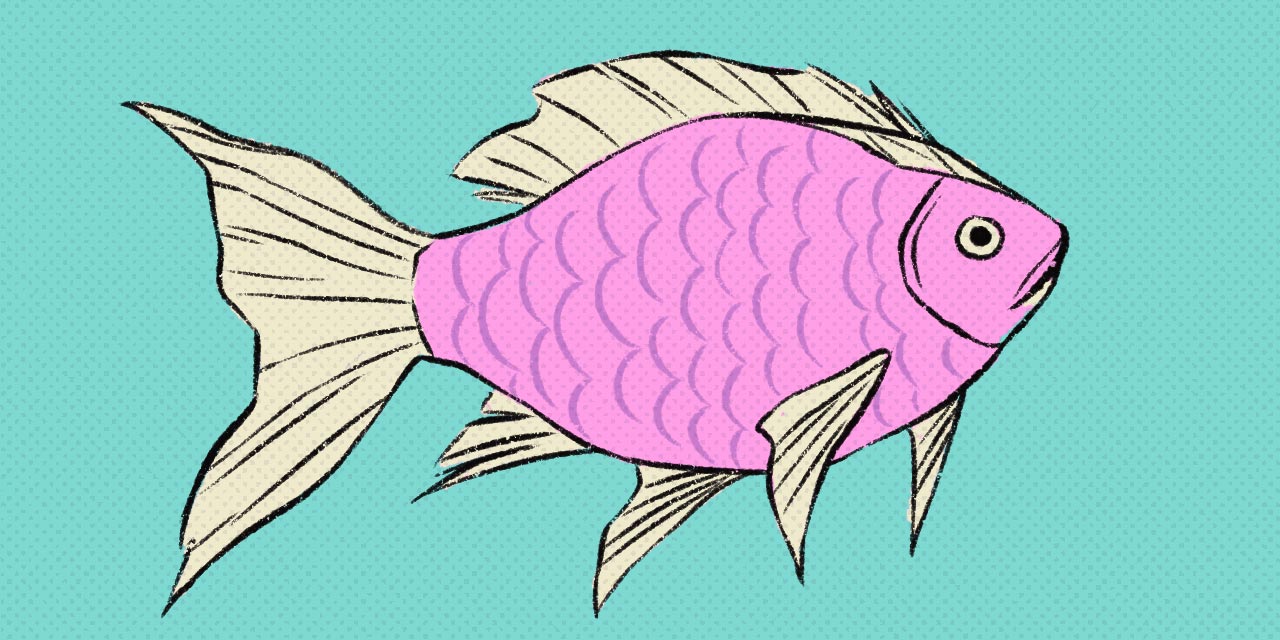
Don't just think of animals in terms of mammals other and land-dwellers. You can also use 匹 to count fish and other active sea creatures: octopi, shrimp, crabs and hermit crabs, salmon, tuna, haddock, jellyfish, and other water beings. Sea animals that don't really move—starfish, clams, sea cucumbers, mussels, oysters, geoducks—are counted using 個 or other counters, depending on their shape.
- 金魚を五匹ください。
- I'd like five goldfish.
- クラゲを十匹飼っているんです。
- I have ten jellyfish.
- アヤに三匹のタコの絵を描いてもらった。
- I had Aya draw three octopi for me.
You can also use 匹 to count fish and other active sea creatures.
When you catch one of these 匹-counted fish, however, their counter is likely to start changing. Once captured, sea animals with tails—fish, shrimp, lobsters—get counted using 尾 (び). If they're long and cylindrical-shaped—tuna, yellowtail, bonito, saury pike—they're counted with 本 (ほん). Crabs would be counted using 杯 (はい), and if the sea creature is flat—flounders, flat clams, or even not-flat fish that have been filleted to become flat—they are counted with 枚.
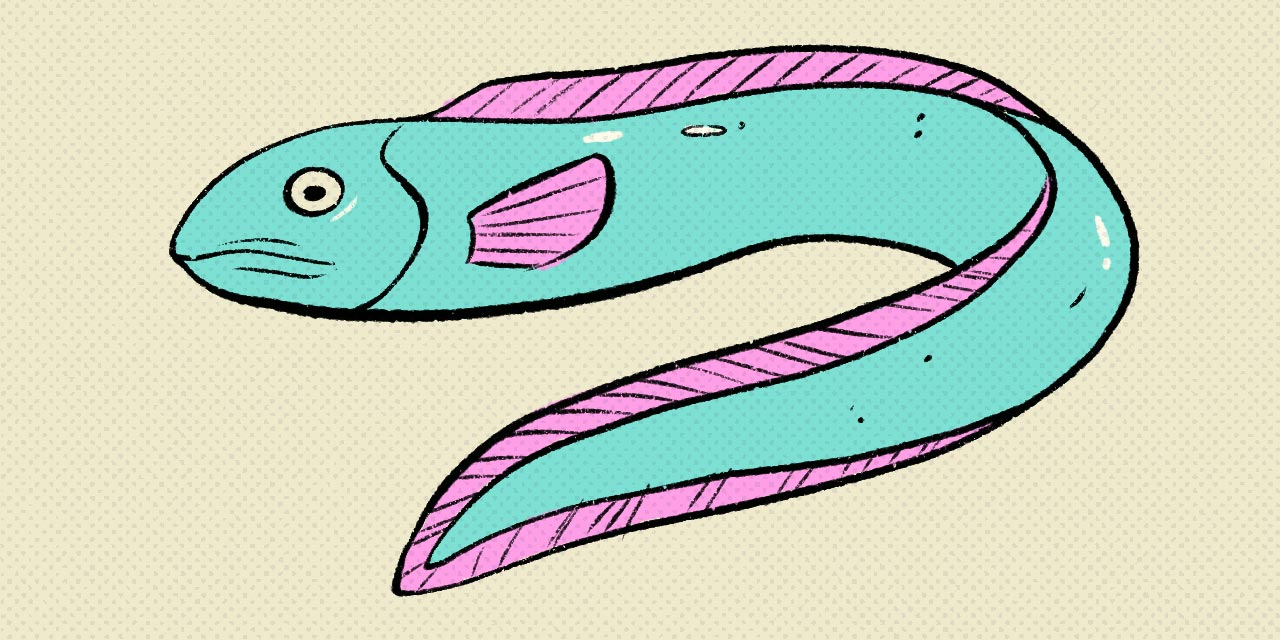
If you'd like your mind blown, consider this: unagi (eel) is counted with 匹 when it's alive, 尾 once it's captured, 本 or 枚 when it's cut open, 串 (くし) when it's skewered, and 切れ (きれ) when it's sliced; then, when those pieces are beautifully arranged for eating, it's counted using 段 (だん) and, when packaged, using パック. 😖
- 七匹のマグロが海を泳いでいた。
- There were seven tuna swimming in the ocean.
- 今日はマグロが二本釣れたぞ。
- We caught two tunas today.
- この湖には、だいたい何匹ぐらいのウナギがいますか?
- How many eels are there in this lake?
- 養殖場からウナギ五十尾を仕入れました。
- We bought fifty eels from a farm.
- ウナギを三串ください。
- Can you give me three skewered eels?
What about our Tofugu mascot? It's a living sea creature (we think), so you would count it with 匹. Our very own Crabigator over at WaniKani would be counted with 匹 too, though if she's really big, I'd suggest using 頭.
- ワニカニが一匹逃げ出したぞ!
- One WaniKani ran away!
Actually, great big tuna are sometimes counted with 頭 as well, even after they've been caught by fishermen.
Reptiles and Amphibians
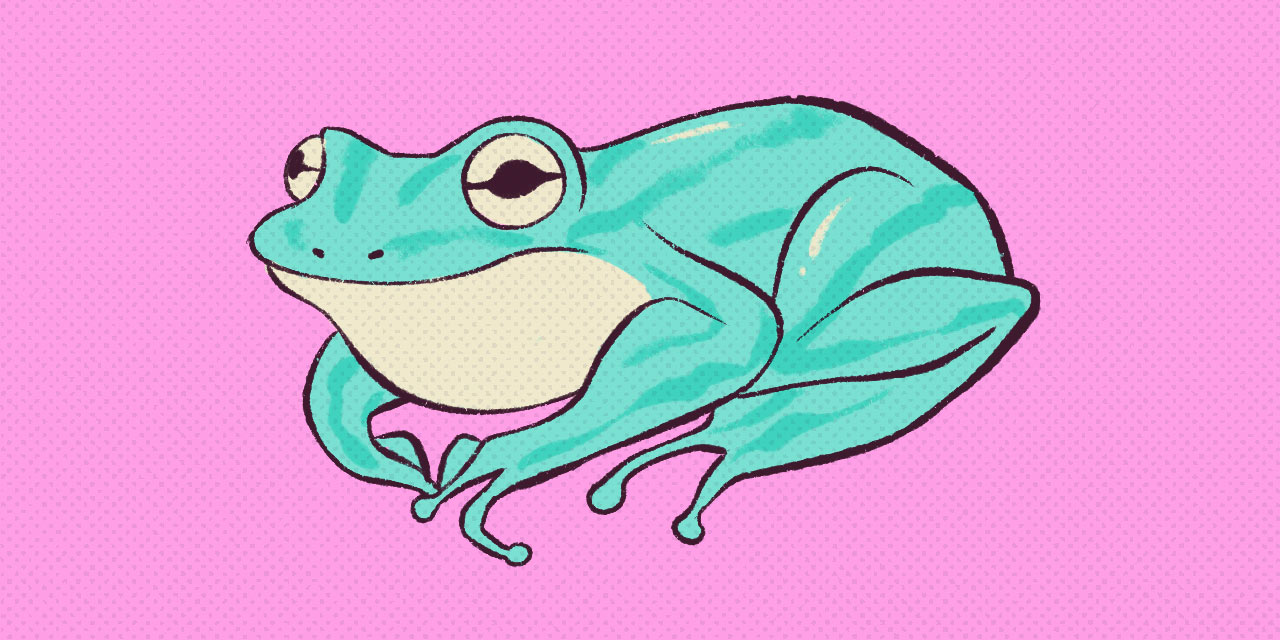
All reptiles and amphibians are counted with 匹. Lizards, snakes, frogs…
- トイレの中に二匹の蛇がいた。
- There were two snakes in the toilet.
- この辺りでトカゲを一匹逃してしまったんです。
- I lost a lizard around here.
- 八匹のオタマジャクシがカエルになった。
- Eight tadpoles became frogs.
Really big lizards, like Komodo dragons and alligators, may be counted using 頭. Otherwise, there's not much to say about this category.
We'll talk about the biggest lizards of all in just a moment.
Insects
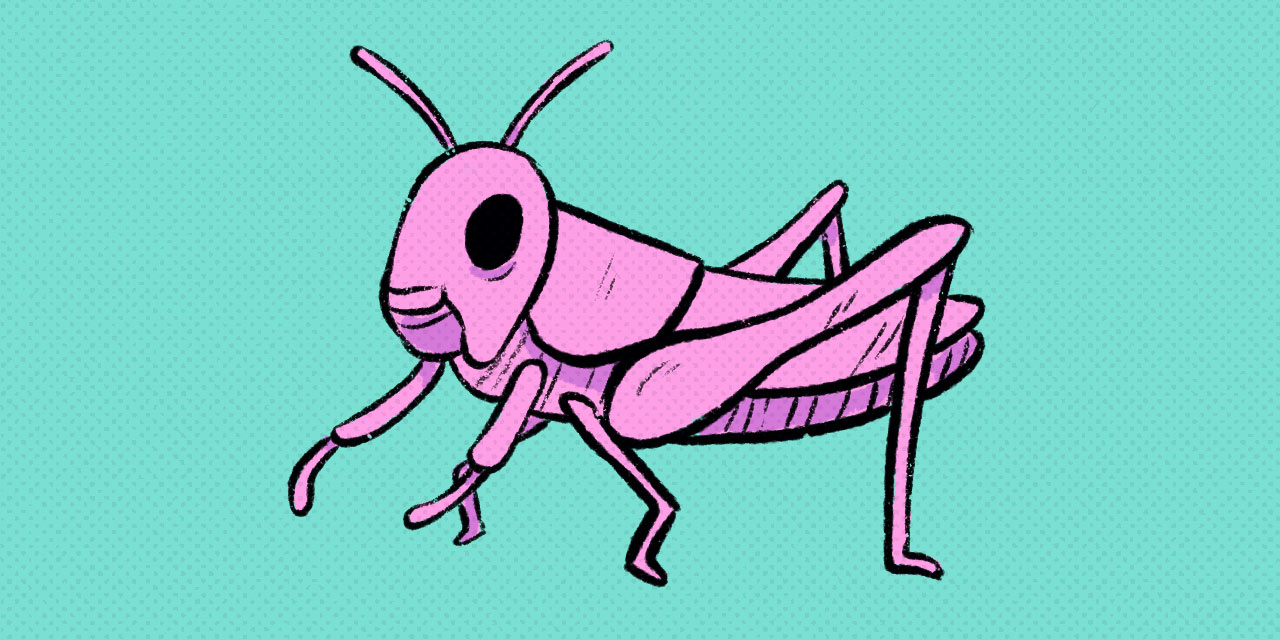
All kinds of bugs are counted with 匹. Praying mantises, mosquitoes, beetles, flies, gnats, worms, caterpillars, ladybugs, potato bugs, and so on.
- この部屋には一体何匹のゴキブリが:いるんだろう。
- I wonder how many cockroaches there are in this room.
- ダンゴムシを六匹捕まえたよ。
- I caught six potato bugs.
- 蚊を十匹一気に仕留めた。
- I killed ten mosquitoes at the same time.
In the academic world, butterflies are counted with 頭.
Did you notice an exception? In the academic world, butterflies are counted with 頭. Perhaps this is because 頭 was always used for "heads of cattle." Collecting butterflies for academic purposes is a little like collecting the "heads of butterflies." This became general use for a while, but nowadays everyday people use 匹 to count butterflies, too. You'll still see 頭 used for butterflies and other insects in museums.
- この博物館には三百三十三頭の蝶々がいる。
- There are three hundred thirty-three butterflies in this museum.
- お母さん、見て!あそこにチョウチョが二匹いるよ。
- Mom, look! There are two butterflies over there.
Creatures, Characters, or Something That's Animal-like
Still with us? You have animals, and then you have things that are animal-like. You know, teenagers, robots, monsters… things like that. We're going to try to cover them here, though there are so many different things that it's difficult to classify them all.
Human Animals

If a person is animal-like, they may be counted with 匹. Think about taking your two-year-old to a fancy restaurant. 😱
- うちはチビが二匹いるから、フレンチレストランは難しいな。
- We have two kids, so it'll be difficult to go to a French restaurant.
匹 isn't just used for little kids, though. No matter what their age, if you want to say a person is animal-like, whether seriously or as a joke, count them using 匹.
- おっさん三匹でこんなとこで何してるの!?
- What the heck are you three middle-aged men doing out here?
Beyond that, you can also use it for truly wild people. Think Mowgli from The Jungle Book. Tarzan. George of the Jungle. There are plenty of stories like this, and 匹 could be used to count all of them.
Robot Animals
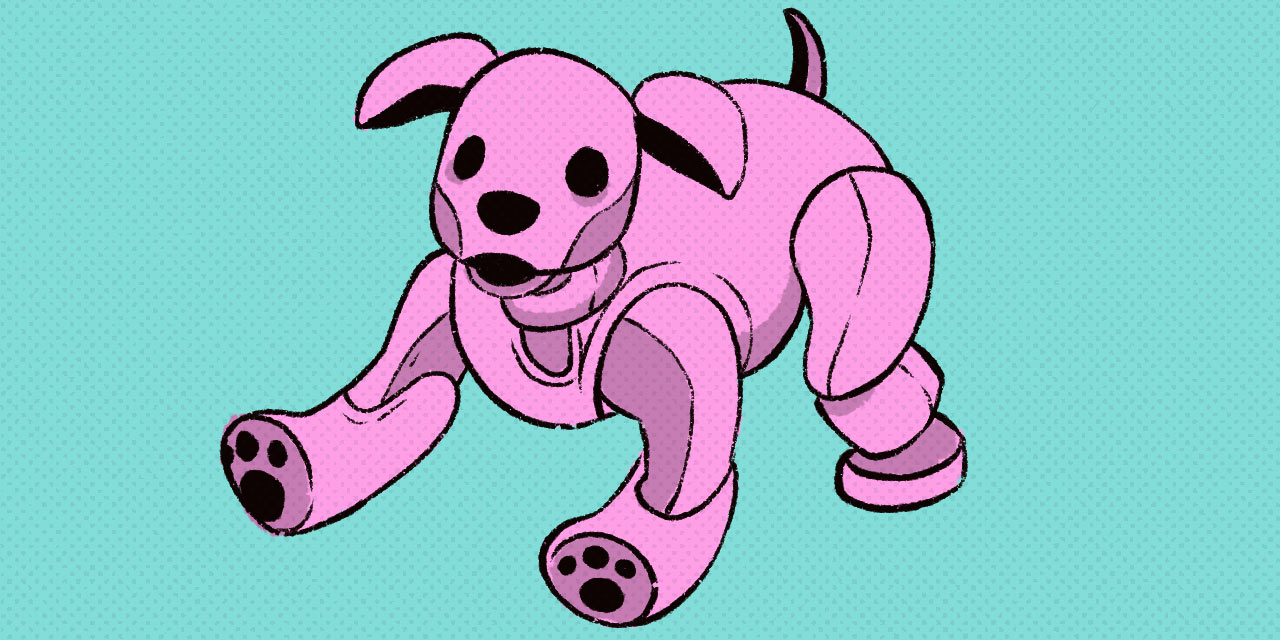
Animal robots are counted with 匹, too, with these exceptions: if you want to emphasize their machine aspect, you might use 台; or, if you want to treat them like a person or a member of you family, you might use 人 instead.
(From a historical perspective, that's a pretty strange paragraph if you think about it.)
- うちにはソニーのアイボが一匹いる。
- We have a Sony Aibo.
Virtual Pets / Animals
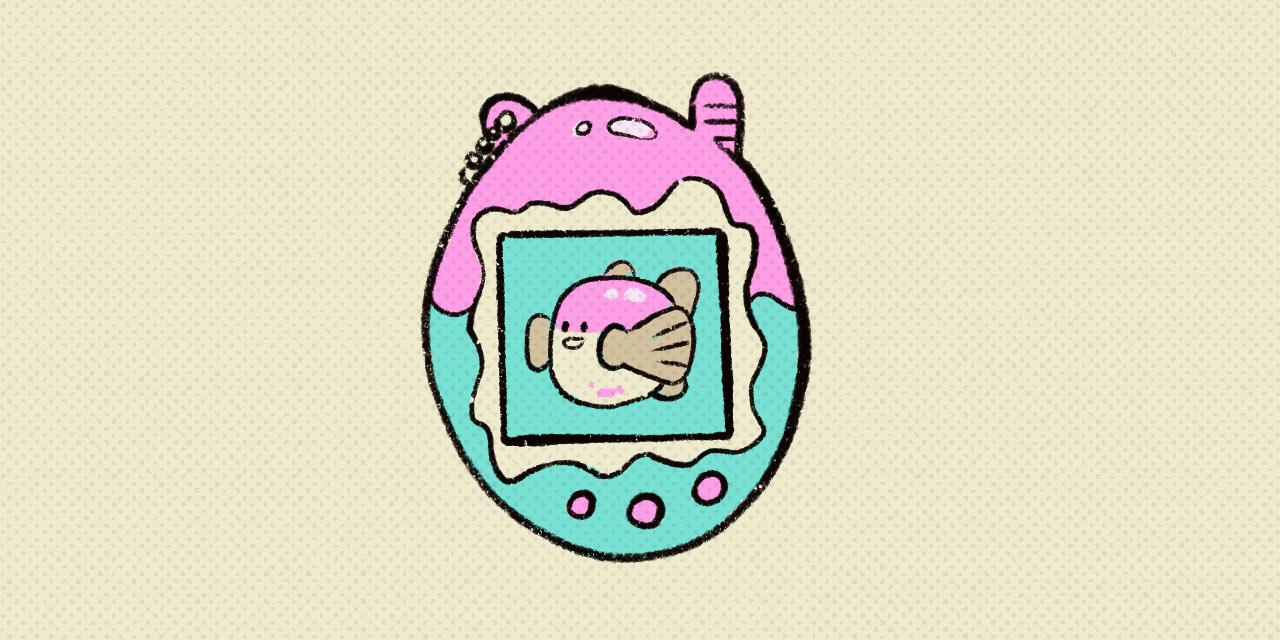
Virtual animal-pets you "take care of" on your computer, tablet, or smartphone are counted using 匹, too. Here we're talking about those little digital Tamagotchis.
- たまごっちで、せっかく育てたオヤジッチを一匹死なせてしまった。
- I made my Oyajitchi Tamagotchi die, even though I'd worked hard to raise it.
Computer Viruses
Oddly, computer viruses are counted with 匹.
- このパソコン、ウイルスが何匹か潜り込んでますね。
- There are a few viruses infecting this computer.
I suppose this is a little like counting bacteria with 匹, so maybe it's not so odd after all.
Animal-like Characters and Monsters

In a traditional fantasy book, elves and dwarves would be counted with 人, whereas orcs, ogres, and goblins may be counted with 匹.
This is where things get interesting. Fantasy creatures, particularly evil ones, are counted using 匹. The rule of thumb is that when they're more animal than human, they are counted as animals. Think oni (demons) and the like.
But when a monster or creature is friendly to humans, or when they are more human-like, they may be counted with 人. In a traditional fantasy book, elves and dwarves would be counted with 人, whereas orcs, ogres, and goblins may be counted with 匹. An orc that is friendly toward humans, however, may change to 人.
- 自分が白雪姫になって七人の小人と暮らす夢を見た。
- I had a dream that I was Snow White and lived with seven dwarves.
- あの山に、七匹の悪い鬼が住んでいるんだ。
- There are seven bad orcs living in the mountain.
What about a hybrid—a creature that's half-human and half-animal, like a mermaid or centaur? Because they're considered to be generally friendly to humans, they get counted with 人.
- 二匹の人狼がそっちに逃げたぞ!
- Two werewolves ran that way!
- 美しい人魚姫が三人、湖面で遊んでいました。
- Three beautiful mermaids were playing on the surface of the lake.
Giant monsters like Godzilla are counted with 匹 instead of 頭, as are the Titans in Attack on Titan.
- ゴジラとモスラとラドンの三匹がかりで、やっとキングギドラを倒すことができた。
- Godzilla, Mothra, and Rodan: the three of them got together and were finally able to defeat King Ghidorah.
To sum up, monsters and creatures without human-like features are counted with 匹. Hybrid creatures can be counted using 人 if they're friendly to humans, and 匹 if they're not.
We're Counting on You!
And that's it! I hope this lesson has given you a better idea of how the Japanese counter 匹 works (and doesn't). Don't worry, though—even if you get your counter wrong, people will understand. If it's animal-like, and you use 匹, you can't be far off the mark.
You've probably had your fill of counters for now, but you'll be hungry later. And when that time comes, we recommend you check out some of the other "deep dives" we've done: 枚, 頭, and 〜つ are solid choices.
And if this was your first counters experience, we suggest you read about the basics of Japanese counters, and then head on over to the big Japanese counters study list we put together, which also has links to every in-depth counters article we've written up to this point. Count on, child! 🔢
-
Cells with multiple entries divided by a
/indicate multiple pronunciations that are equally common. Cells with entries in parentheses indicate that the parenthesized word is an uncommon or archaic pronunciation. ↩
